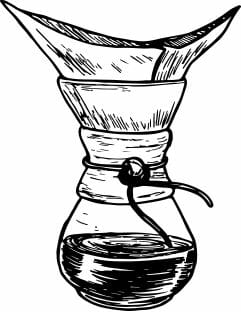The sixties brought to the cinema one of the most popular films for the youth of that decade. Its appeal was driven, above all, by the music. A soundtrack that rang in every bell tower on the planet. A music that entered the borders uncontrollably and captivated the younger generations of the time. Sung in English, whose lyrics we didn't understand but felt, it brought new dances, new meeting places, new sounds. It was disco music.
The venue for this film was the Odisea 2001 nightclub. It was Saturday night, and inside the venue: a dance floor, reflective balls, flashing colored lights, and music—good disco music.
Tony Manero perfectly represented this generation; he worked for a standard salary in an unexciting job, and his family life didn't offer him anything either, but when the weekend arrived, "the show began." The ritual of getting ready was the prelude to what was to come. His hairstyle, his style of dress, the type of clothing, and his staging will forever remain in the memory of all viewers.
Dancing, his friends, girls, music, bands, rivalry, drugs, and anything else that went against the grain made up the cocktail of his being. He was the kind of person who felt like home was a nightmare, that nothing mattered, not even the future, not studies, not wars, not politics.
For many people, music has always been an escape from dreaming, loving, or living. People of that generation probably won't know how to do a simple rule of three or which river runs through Paris or Madrid, but they'll certainly be able to remember with Swiss-like precision what bands were playing in the club, what they wore, or who performed a song from that era after just a few seconds of listening.
Saturday Night Fever represented the ideals of a significant portion of that 1970s generation. In fact, the idea for the film was conceived in a New York Magazine article titled "New York Tribal Rites on Saturday Night."
"Stayin' Alive" and "More Than a Woman" are songs everyone remembers. The soundtrack, fronted by the Bee Gees, put it at the top of the charts. However, I prefer "If I Can't Have You" by Yvonne Eliman. "It's all a matter of taste."
When it comes to coffee, everyone has their own tastes. So, when it comes to making it, some prefer espresso, while others prefer filter coffee.
As we've discussed the preparation of espresso in previous articles, today we'll discuss espressos made in a filter, which some experts consider to be the key process for enjoying this exquisite elixir.
Brewing is an art form; the grinding is different; the water isn't pressurized but instead filtered by gravity. It's a slower process, with different coffee and water measurements, but no less precise. The types of filter coffee makers also vary (Chemex, Clever Dripper, V60, etc.). Pouring should be smooth and slow, allowing the coffee to bloom and reveal its full splendor, a process that can take several minutes.
The result is a less intense flavor. On the other hand, the coffee's complex flavors can be brought out, primarily due to the accentuated aromas. This process is very useful when it comes to differentiating coffee origins.
In any case, whether it's a filter or espresso, the important thing is how or with whom you dance it.

